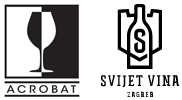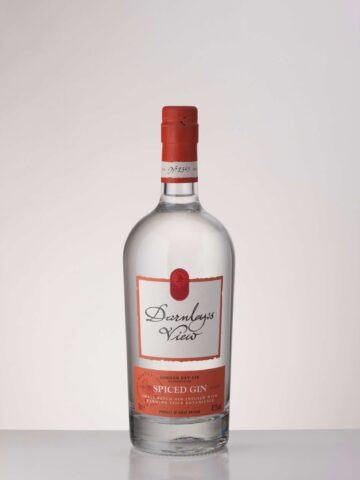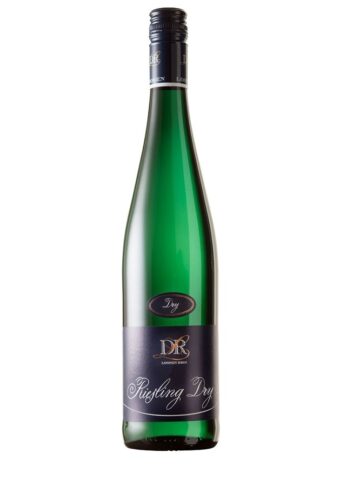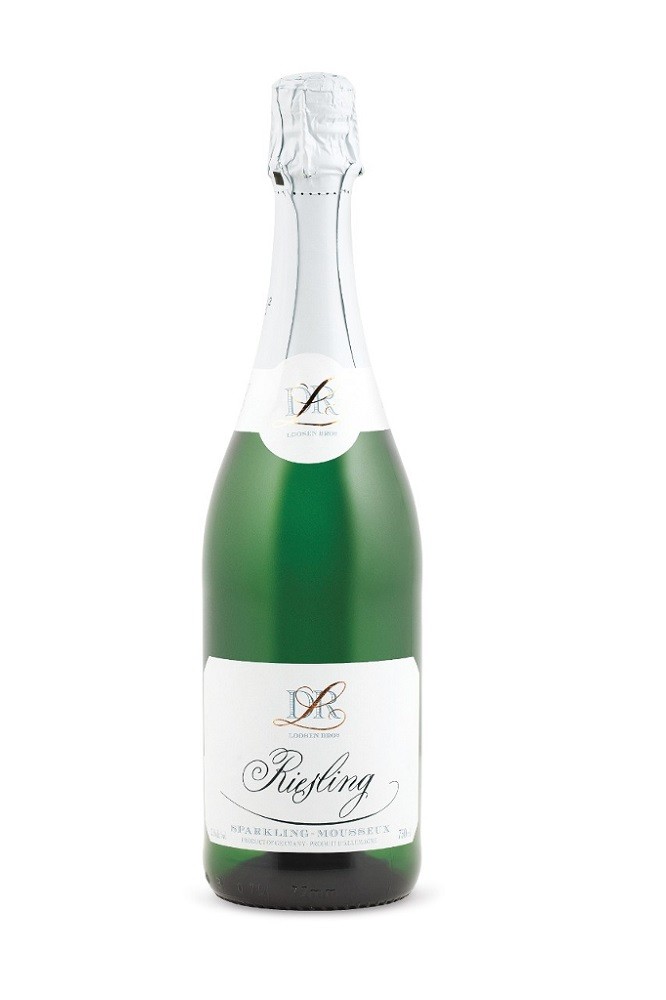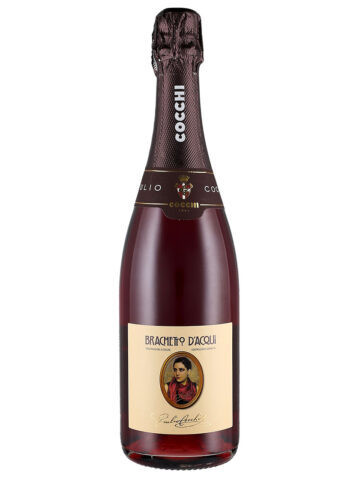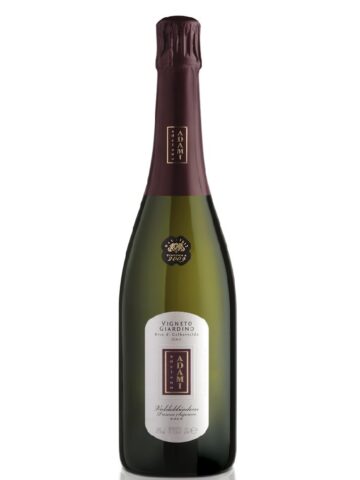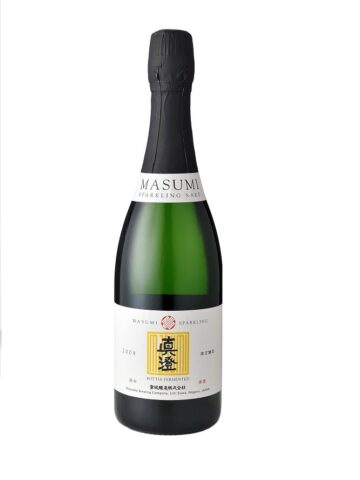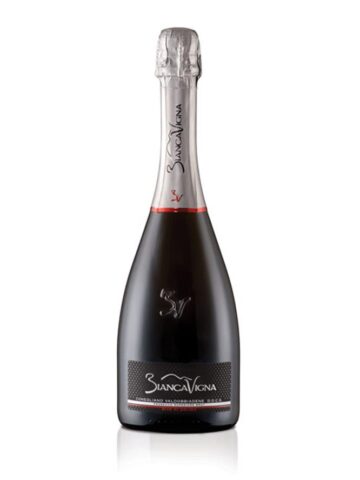REGIJA / REGION
Mosel je jedna od 13 vinskih regija Njemačke za kvalitetna vina (Qualitatswein), ime je dobila po rijeci Mosel koja gradi reljef regije. Treća je po količini proizvednog vina u Njemačkoj no mnogi je smatraju najprestižnijom regijom kod internacionalne prodaje i prezentacije Riesling vina.
Vjeruje se da su vinovu lozu u ovo područje donijeli Rimljani kako bi imali lokalni izvor vina jer je cijena prijevoza vina iz Italije bila preskupa i ne praktična. U srednjem vijeku nastala su mnoga sela koja su bila usredotočena na proizvodnju vina pa se nazivaju Winzerdörfer (vinska sela). Najpoznatije takvo selo je bilo Bernkastel. Kako bi dobili više zemlje koja se može obrađivati vinogradari su u 16. stoljeću pomoću eksploziva razbijali veće kamenje. U 17. stoljeću Mosel se počeo prepoznavati po vinima proizvedenima od Rizlinga zbog čega je u 18. stoljeću princ Trier-a naredio da svi vinogradi u Moselu moraju biti zasađeni samo Rizlingom. Najveći uspon u proizvodnji i popularnosti Mosel vina, prvenstveno proizvedena od Rizling grožđa, doživjela su u 19. stoljeću. U 20. st. mnogi vinogradi koji nisu idealni za Rizling zasadili su se Müller-Thurgau-om. U posljednje vrijeme Mosel, pa tako i cijela Njemačka, posvetila se mjenjaju reputacije o njihovim suhim vinima koja prije nisu bila po svim standardima europskih zemalja suha vina.
Regija se proteže od dolina rijeke Mosel, Saar i Ruwer do Koblenz-a te Trier-a i regije Rhineland-Palatinate. Mosel je najpoznatiji po strimim padinama na kojima se uzgaja vinova loza s pogledom na rijeku. S nagibom od 65°vinograd Calmont u selu Bremm je najstrmiji vinograd na svijetu.
Mosel je najviše poznat po svom vinu koje se proizvodi od Rizling grožđa, ali također Elbing i Müller-Thurgau sorte mnogo doprinose proizvodnji vina. U posljednja dva desetljeća proizvodnja vina od grožđa Pinot noir (Spätburgunder) je u porastu te je od velikog internacionalnog interesa. Mosel ima 9 034 hektara zasađenih vinograda, od toga više od 50% je Rizling.
Zbog sjeverne pozicije Mosel-a vina proizvedena od Rizlinga su većinom lagana, s manjom koncentracijom alkohola, sviježa i s većim kiselinama te često imaju cvijetne arome prije nego poznate voćne arome Rizlinga.
Većina vinograda ima tlo različitih naslaga škljica koja su bila formirana kroz povijesna razdoblja, zbog čega vina imaju mineralnu notu te često kompleksnost okusa. Tlo je većinom porozan škrljevac što je savršeno zbog velike količine padalina koje protječu kroz njega i zadržavanja topline tla. Klima Mosela je sjeverno kontinentalna s niskim temperaturama, ljeti je prosječna temperatura 18°C. Najbolji vinogradi nalaze se na padinama okrenutima prema rijeci od kojih se reflektira sunce te time dobivaju potrebnu toplinu za sazrijevanje grožđa.
Mosel is one of the 13 wine regions of Germany for quality wines (Qualitatswein), named after the river Mosel which builds the relief of the region. It is the third largest producer of wine in Germany, but many consider it the most prestigious region in the international sale and presentation of Riesling wine. It is believed that the vines were brought to this area by the Romans to have a local source of wine because the price of transporting wine from Italy was too expensive and not practical. In the Middle Ages, many villages were created that were focused on wine production, so they are called Winzerdörfer (wine villages). The most famous such village was Bernkastel. In order to get more arable land, winegrowers smashed larger stones with explosives in the 16th century. In the 17th century, Moselle began to be recognized by wines produced from the Riesling, which is why in the 18th century, the Prince of Trier ordered that all vineyards in Moselle must be planted only with the Riesling. The greatest rise in the production and popularity of Moselle wines, primarily produced from Riesling grapes, was experienced in the 19th century. In the 20th century, many vineyards that were not ideal for the Riesling were planted with Müller-Thurgau. Recently, Mosel, and thus the whole of Germany, has dedicated itself to changing reputations about their dry wines that were not previously by all the standards of European dry wine countries. The region stretches from the valleys of the Mosel, Saar and Ruwer rivers to Koblenz and Trier and the Rhineland-Palatinate region. Mosel is best known for its steep slopes where vines overlook the river. With a slope of 65 °, the Calmont vineyard in the village of Bremm is the steepest vineyard in the world. Mosel is best known for its wine produced from Riesling grapes, but also the Elbing and Müller-Thurgau varieties contribute a lot to wine production. In the last two decades, the production of Pinot Noir (Spätburgunder) wine has been on the rise and is of great international interest. Mosel has 9,034 hectares of planted vineyards, of which more than 50% is Riesling. Due to the northern position of Mosel, the wines produced from Riesling are mostly light, with a lower concentration of alcohol, fresh and with higher acids, and often have floral aromas before the well-known fruity aromas of Riesling. Most vineyards have a soil of different layers of shreds that have been formed through historical periods, which is why wines have a mineral note and often the complexity of taste. The soil is mostly porous shale which is perfect due to the large amount of rainfall that flows through it and the retention of soil heat. The climate of Moselle is north continental with low temperatures, in summer the average temperature is 18 ° C. The best vineyards are located on the slopes facing the river from which the sun is reflected and thus get the necessary heat for grape ripening.
